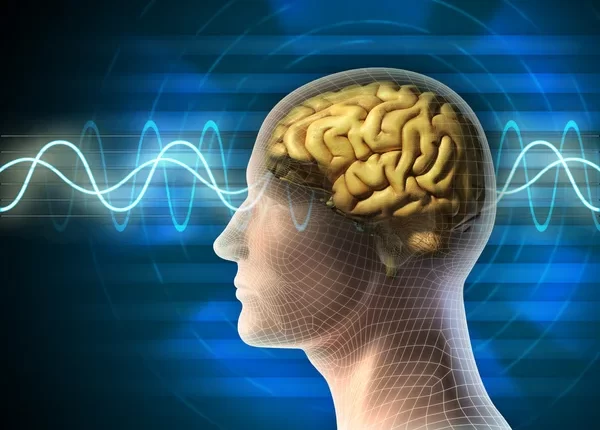Diamond Sensors Illuminate the Secrets of the Living Brain Tissue – For decades, scientists have grappled with the limitations of current methods for studying brain activity. Invasive techniques, while offering valuable insights, often damage delicate tissues and disrupt natural function, hindering our ability to observe the intricate workings of the living brain. However, a new dawn is breaking, illuminated by the innovative gleam of diamond sensors.
These microscopic marvels, crafted with deliberate imperfections in their crystalline structure, harbor unique properties that make them ideal tools for probing the intricate electrical symphony of the brain. Known as “color centers,” these engineered flaws act as sensitive detectors, resonating to the subtle magnetic fields generated by firing neurons. This remarkable ability allows researchers to eavesdrop on the brain’s electrical chatter without ever making physical contact with the tissue, a feat previously considered impossible.
The implications of this breakthrough are profound. For the first time, scientists can observe the brain in its natural state, untouched and unaltered. This opens up a world of possibilities, allowing them to investigate the earliest stages of neurodegenerative diseases like dementia, where subtle changes occur long before symptoms manifest. By shedding light on the hidden dynamics of these disorders, researchers can unlock new avenues for diagnosis and potentially develop interventions that target the root cause of the disease.
In their initial experiments, scientists have demonstrated the remarkable sensitivity of diamond sensors, successfully distinguishing the activity of different types of neurons and even tracking changes induced by specific drugs. This lays the foundation for future studies, paving the way for a deeper understanding of how the brain encodes information, processes memories, and orchestrates complex behaviors.
However, as with any groundbreaking technology, there are challenges to overcome. While initial results are encouraging, diamond sensors are still in their infancy. Researchers are actively working to improve their sensitivity and resolution, pushing the boundaries of what is possible. Additionally, navigating the ethical considerations of applying this technology in clinical settings requires careful consideration and stringent regulations.
Despite these hurdles, the future of diamond sensors appears bright. With further research and development, these remarkable tools have the potential to revolutionize our understanding of brain function and pave the way for groundbreaking advancements in the realm of neurology. As we delve deeper into the mysteries of the mind, the diamond shines as a beacon of hope, illuminating the path towards a brighter future for brain health and therapeutics.
Key Points:
- Diamond sensors can measure brain activity in living tissue without touching it.
- This is a non-invasive and highly sensitive method.
- The technology has the potential to revolutionize our understanding of brain function.
- It could also lead to new tools for diagnosing and treating brain diseases.
Continue to check our website soundhealthandlastingwealth.com for more articles of this kind. And, please use our comment section as well, we would love to hear from you.Source










